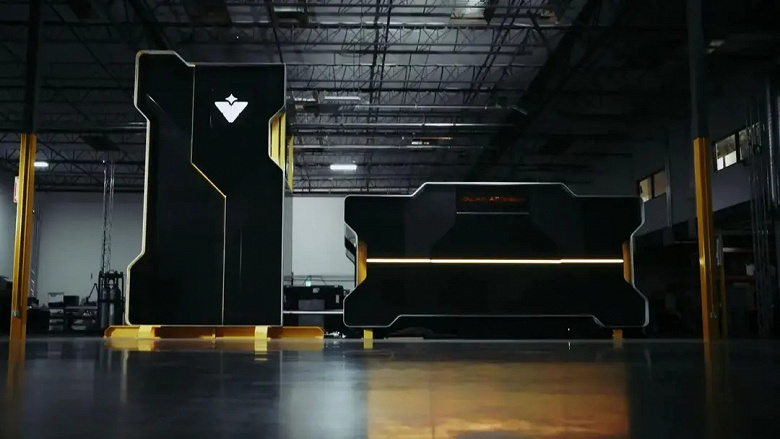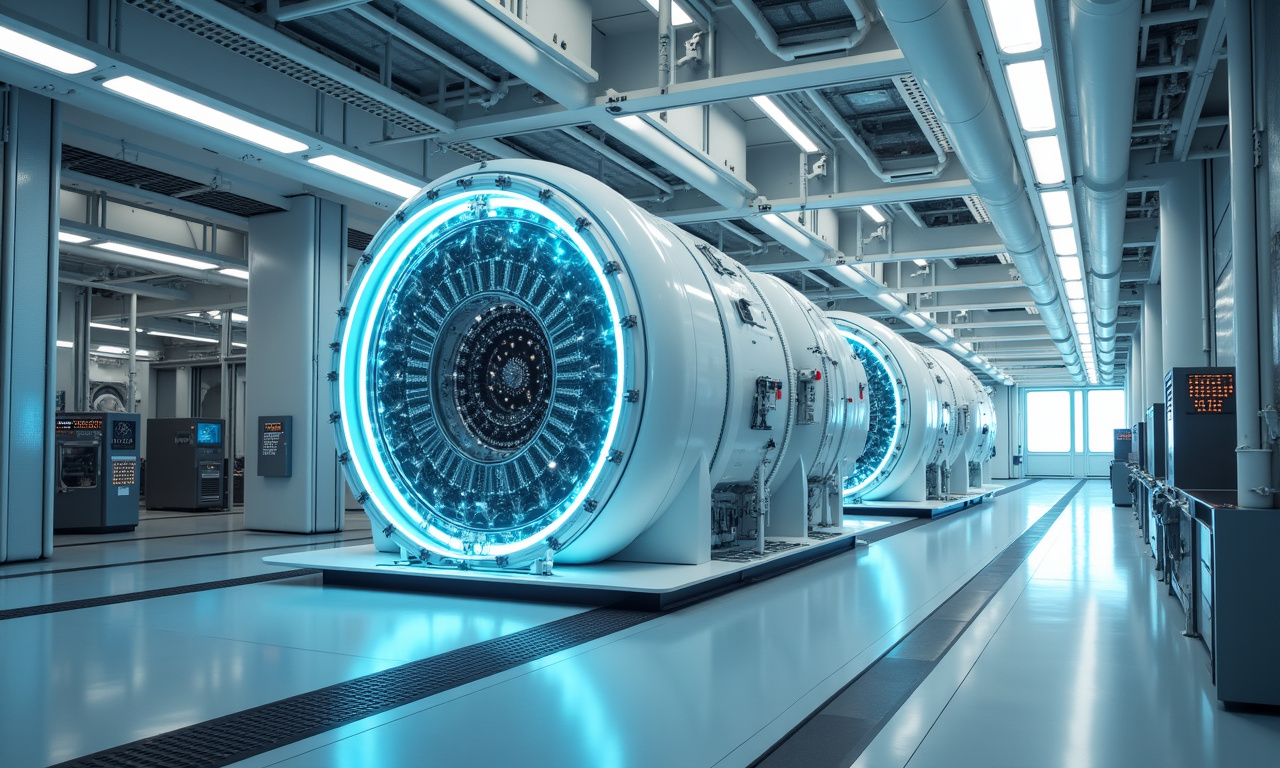Valar Atomics’ Breakthrough in Nuclear Technology
Valar Atomics recently reported that they have successfully supported a controlled fission reaction. This milestone was achieved with the assistance of Los Alamos National Laboratory, a leading American research center. Reactor criticality is a state where a nuclear reactor maintains a self-sustaining chain reaction. Enriched fuel releases neutrons that split other atoms, creating more neutrons and initiating a recurring reaction. This process is fundamental to nuclear power.
“Zero-power criticality is the reactor’s first ‘heartbeat,’ proof that the physics works,” said Valar Atomics founder Isaiah Taylor.
The type of criticality achieved is known as “cold” or “zero-power criticality.” Unlike a full-scale reactor, “cold criticality” does not generate enough heat for producing electricity. It is mainly used to test reactor design and fuel geometry.

The reactor that reached criticality combined Valar Atomics’ fuel and technology with design components from Los Alamos National Laboratory. The test is based on last year’s lab fuel test using fuel similar to what the company plans to utilize in its own reactor. The success marked an important milestone for the startup, which presented its developments only at the start of 2025.
Regulatory Hurdles and Legal Challenges
Previously, in order to conduct any criticality tests, nuclear startups were required to get approval from the Nuclear Regulatory Commission (NRC). This process is lengthy, hindering the commercial deployment of small reactors in the U.S. The Department of Energy (DOE) and the Department of Defense can develop research reactors without NRC approval. Valar Atomics is also involved in a lawsuit challenging NRC’s stringent oversight of small reactors, arguing that the risk of large-scale disasters is low, making NRC checks unnecessary. Other startups participating in the DOE pilot program, including Last Energy and Deep Fission, are parties to the same lawsuit.
Future Plans and Market Impact
Achieving “cold criticality” is an important step, yet for commercial operation, Valar Atomics still needs to get NRC approval. The company plans to launch a fully functional reactor by July 2026. Construction on the designated site began at the end of September.
The development of small modular reactors (SMRs) is rapidly advancing. Industry leaders and experts predict that SMRs could become a game-changer in the nuclear energy sector within the next five years. With their modular design, SMRs are easier to build and inherently safer, offering a promising solution to many energy needs around the world. The global market for SMRs is expected to grow significantly, driven by increased demand for clean and reliable energy solutions.








